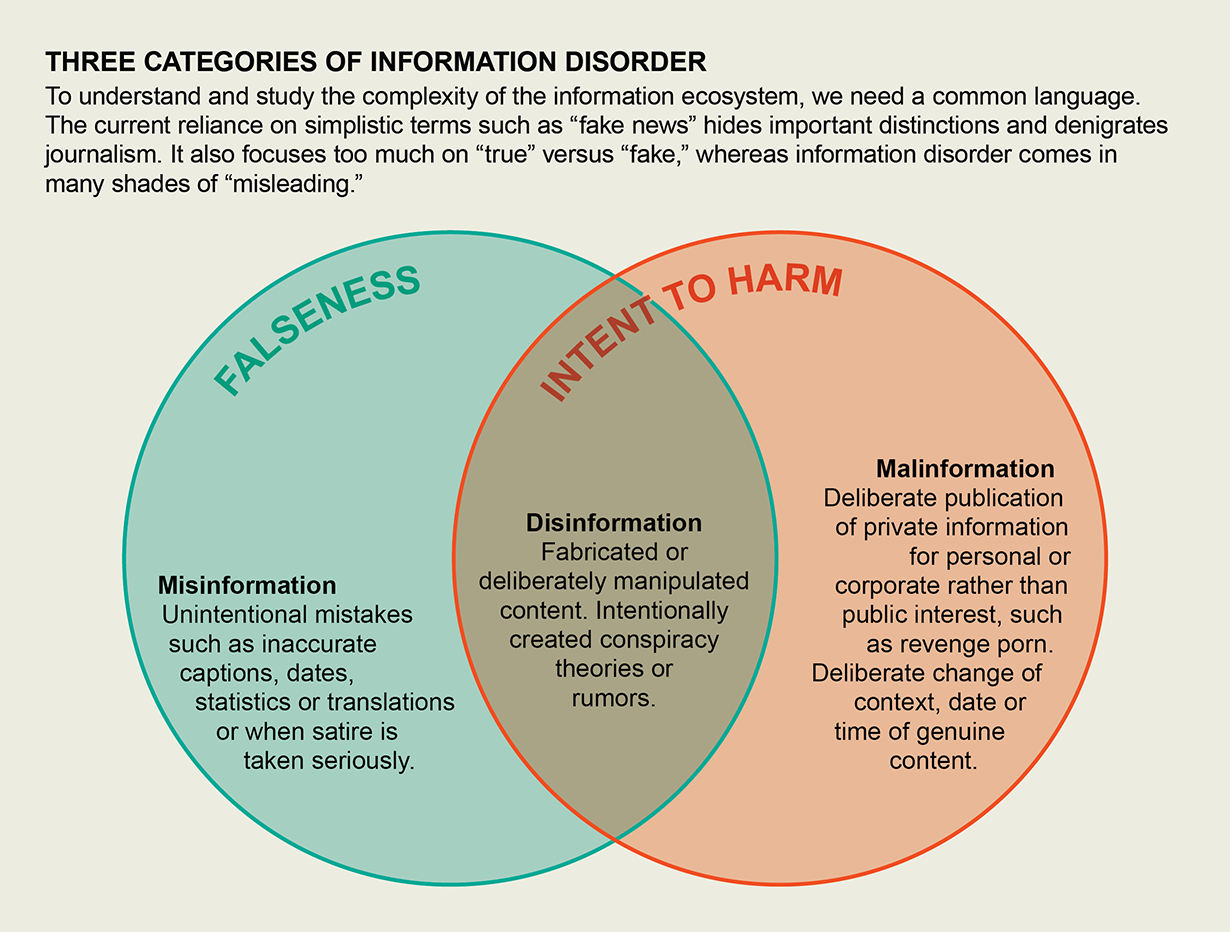Hannah Fry at The New Yorker: “Harold Eddleston, a seventy-seven-year-old from Greater Manchester, was still reeling from a cancer diagnosis he had been given that week when, on a Saturday morning in February, 1998, he received the worst possible news. He would have to face the future alone: his beloved wife had died unexpectedly, from a heart attack.
Eddleston’s daughter, concerned for his health, called their family doctor, a well-respected local man named Harold Shipman. He came to the house, sat with her father, held his hand, and spoke to him tenderly. Pushed for a prognosis as he left, Shipman replied portentously, “I wouldn’t buy him any Easter eggs.” By Wednesday, Eddleston was dead; Dr. Shipman had murdered him.
Harold Shipman was one of the most prolific serial killers in history. In a twenty-three-year career as a mild-mannered and well-liked family doctor, he injected at least two hundred and fifteen of his patients with lethal doses of opiates. He was finally arrested in September, 1998, six months after Eddleston’s death.
David Spiegelhalter, the author of an important and comprehensive new book, “The Art of Statistics” (Basic), was one of the statisticians tasked by the ensuing public inquiry to establish whether the mortality rate of Shipman’s patients should have aroused suspicion earlier. Then a biostatistician at Cambridge, Spiegelhalter found that Shipman’s excess mortality—the number of his older patients who had died in the course of his career over the number that would be expected of an average doctor’s—was a hundred and seventy-four women and forty-nine men at the time of his arrest. The total closely matched the number of victims confirmed by the inquiry….
In 1825, the French Ministry of Justice ordered the creation of a national collection of crime records. It seems to have been the first of its kind anywhere in the world—the statistics of every arrest and conviction in the country, broken down by region, assembled and ready for analysis. It’s the kind of data set we take for granted now, but at the time it was extraordinarily novel. This was an early instance of Big Data—the first time that mathematical analysis had been applied in earnest to the messy and unpredictable realm of human behavior.
Or maybe not so unpredictable. In the early eighteen-thirties, a Belgian astronomer and mathematician named Adolphe Quetelet analyzed the numbers and discovered a remarkable pattern. The crime records were startlingly consistent. Year after year, irrespective of the actions of courts and prisons, the number of murders, rapes, and robberies reached almost exactly the same total. There is a “terrifying exactitude with which crimes reproduce themselves,” Quetelet said. “We know in advance how many individuals will dirty their hands with the blood of others. How many will be forgers, how many poisoners.”
To Quetelet, the evidence suggested that there was something deeper to discover. He developed the idea of a “Social Physics,” and began to explore the possibility that human lives, like planets, had an underlying mechanistic trajectory. There’s something unsettling in the idea that, amid the vagaries of choice, chance, and circumstance, mathematics can tell us something about what it is to be human. Yet Quetelet’s overarching findings still stand: at some level, human life can be quantified and predicted. We can now forecast, with remarkable accuracy, the number of women in Germany who will choose to have a baby each year, the number of car accidents in Canada, the number of plane crashes across the Southern Hemisphere, even the number of people who will visit a New York City emergency room on a Friday evening….(More)”


